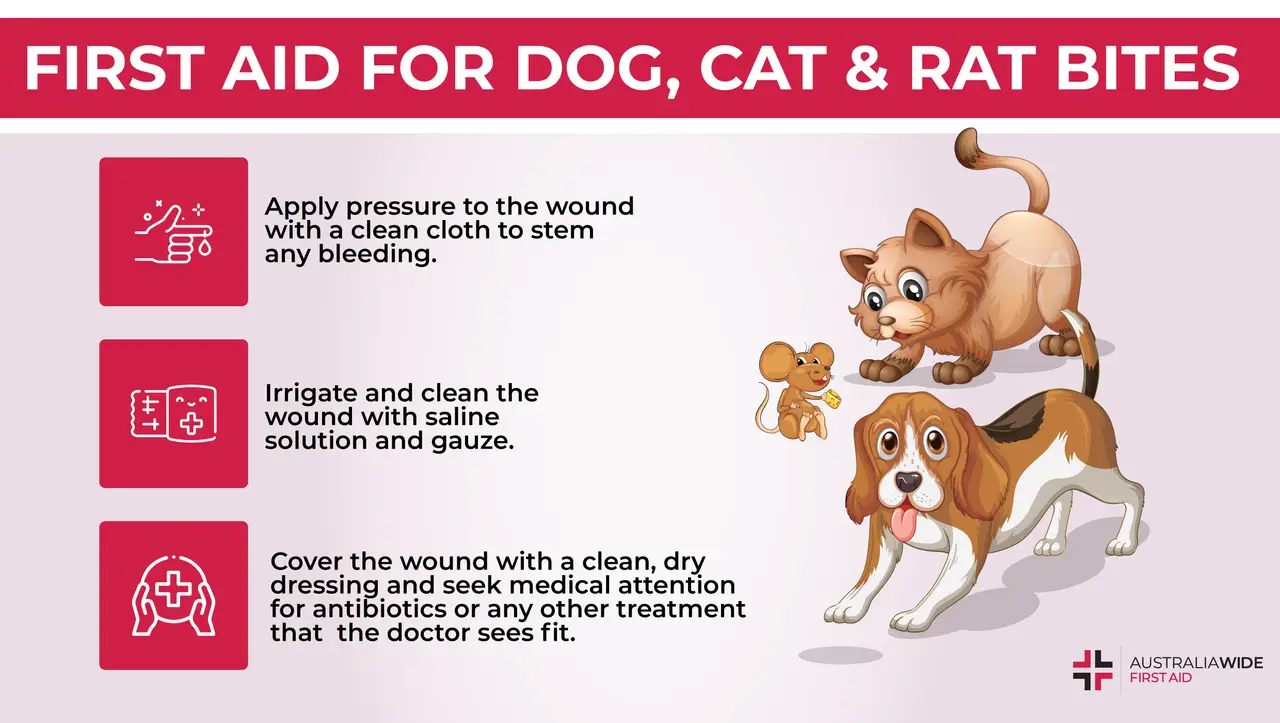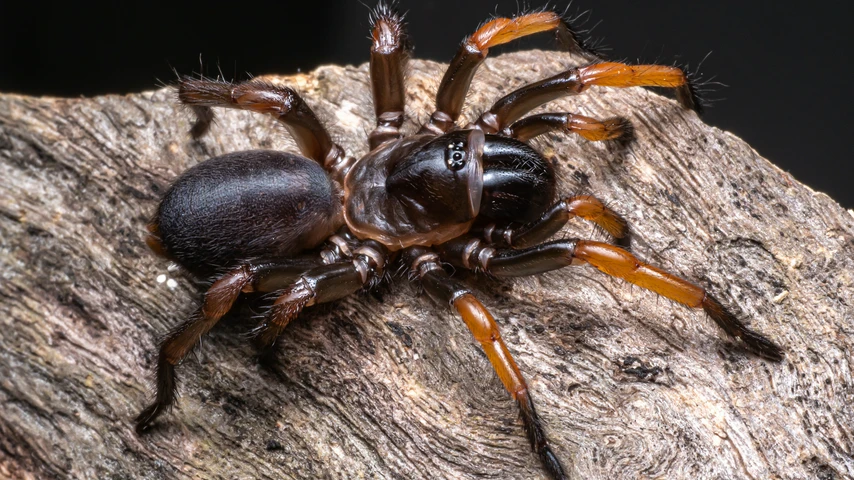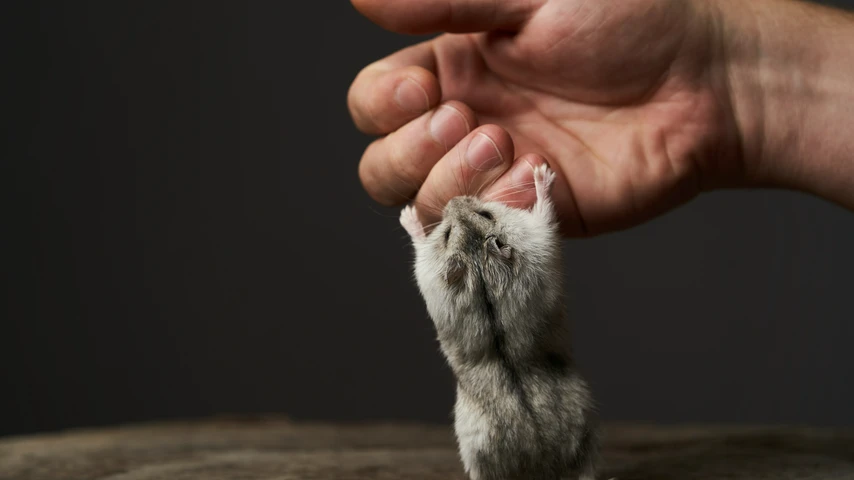First Aid for Animal Bites


In Australia, we are lucky enough to have a diverse range of animals living among us. From the cute and cuddly koalas in the south, to the crocodiles in the north - we have it all! But with this diversity comes a risk of animal bites.
This blog post is aimed at providing first aid information for those who may find themselves in the unfortunate situation of being bitten by an Australian animal. It will identify how animal bites happen and how to provide first aid treatment.
Our tips and tricks will help you to support your friends and family if you are bitten by an animal, but for more information feel free to check out our First Aid courses we offer.
An animal bite is a break in the skin that occurs when an animal's teeth puncture the skin. This can happen when you are handling an animal or if the animal is feeling threatened and attacks you.
In Australia, there are many different animals that could potentially inflict a bite, including:
Other animals such as camels, horses, and livestock can also bite, but this is less common.
In Australia, it is estimated that there are between 3000 and 5000 hospitalisations due to animal bites each year. Of these, around 500 require reconstructive surgery.
Many Australians experience bee, spider and other insect bites. These are usually not serious and will resolve on their own, so the number of these bites within any given year is unknown. However, some bites from these insects can be more severe and require medical attention, especially if someone is allergic to the animal that bit them.
The most common type of animal bite that requires treatment is from a dog, with around two-thirds of bites being from our furry friends. Cats are not too far behind dogs in being the most common animal bites to require treatment and attention - showing that our domesticated animals are at a far higher risk of biting than the more dangerous Australian wildlife!

Dogs are by far the most common type of animal to bite humans in Australia. In fact, around 33% of Australians will suffer a dog bite at some stage in their life.
Most dog bites will not result in serious injury, but there is always a risk of infection. It is important to seek medical attention if you think you may have been infected, as dog bites can sometimes lead to complications such as cellulitis.
If you are bitten by a dog, it is important to follow these steps:
In Australia, we are lucky that none of our wildlife have had any cases of rabies, so bites from dogs and other animals are not going to result in contracting the disease if you are bitten here. However, it is important to note that in other countries there are active cases of rabies in dogs, both wild and domesticated, so ensure that you seek medical attention for dog bites if you are travelling.
Cats are the second most common type of animal to bite humans in Australia. Around 16% of Australians will suffer a cat bite at some stage in their life.
Most cat bites will not result in serious injury, but there is always a risk of infection. It is important to seek medical attention if you think you may have been infected, as cat bites can sometimes lead to complications such as cellulitis.
If you are bitten by a cat, it is important to follow these steps:
Snake bites are relatively rare in Australia, with around 1000 people being bitten each year. However, they can still be very dangerous, as some snakes are venomous.
Most snake bites occur between October and March when snakes are more active. The most common type of snake to bite humans in Australia is the brown snake, followed by the tiger snake and the black snake – all these snakes are dangerous and should be responded to with urgent medical care.
Snake bites should always be treated as venomous until proven otherwise by a doctor at a hospital. As such, if you are bitten by a snake, it is important to follow these steps:
Please note, if the bite site is on an area of the body where a pressure bandage cannot be applied, make sure you maintain firm pressure. It is also important that you do not attempt to capture or kill the snake, nor to cut the bite and suck the venom out. More information about the dos and don'ts of snake bite first aid can be found in our Article Library.

Although most spiders in Australia are not venomous, there are a few that can cause serious harm. The two most dangerous spiders in Australia are the Funnel-web spider and the Redback spider.
If you are bitten by a Funnel-web spider, it is important to follow these steps:
It is important to note, you should follow the above procedure for any bites from a large (i.e., greater than 2 cm) dark coloured spider in parts of NSW or South East Queensland.
If you are bitten by a Redback spider, it is important to follow these steps:
It is important to note, you should follow the above procedure for any bites from a large (i.e., smaller than 2 cm) or light coloured coloured spider.

Rodent bites are relatively rare in Australia, but they can still occur. The most common type of rodent to bite humans is the rat, followed by the mouse and the guinea pig.
Most rodent bites will not result in serious injury, but there is always a risk of infection. It is important to seek medical attention if you think you may have been infected.
If you are bitten by a rodent, it is important to follow these steps:
Animal bites can range from being a very minor injury to causing serious damage. The severity of the bite will depend on many factors, such as:
Some common signs and symptoms of an animal bites include:
Animal bites can lead to serious health complications, such as:
When an animal's teeth break the skin, there is a risk of infection. This is because the animal's mouth is full of bacteria which can enter the body through the wound. The risk of infection is increased if the wound is not cleaned and treated properly.
Animal bites can cause serious injury, depending on the size and weight of the animal, as well as the type of teeth the animal has. Bites from larger animals or those with sharp teeth are more likely to cause serious damage.
There is also a risk of developing tetanus if you are bitten by an animal. Tetanus is a serious bacterial infection that can cause muscle spasms, paralysis and even death. It is important to ensure that you are up-to-date with your tetanus vaccinations to reduce the risk of developing this infection.
The best way to prevent animal bites is to be aware of the risks and take precautions. Some tips that may help include:
Taking a first aid course is the best way to be prepared for any emergency, including animal bites.
First aid courses teach you how to deal with different types of injuries and how to provide care in an emergency situation. They also give you the confidence to know that you are able to help if someone is injured.
If you would like to learn more about first aid or take a course, please visit our website or contact us today.

March 11, 2025
Darwin, the tropical capital of Australia’s Northern Territory, is home to a rich diversity of wildlife - including an impressive array of spiders. From the sprawling webs of golden orb-weavers to the cryptic camouflage of trapdoor spiders, these arachnids play a vital role in the local ecosystem. While some may inspire fear, the majority are harmless and even beneficial, helping to control insect populations.

September 4, 2024
Cat bites, while often underestimated, can lead to serious health complications if not treated promptly and properly. Cats' mouths harbour a variety of bacteria that can cause infections in humans.

April 1, 2024
Encounters with wildlife can often be thrilling, but when it comes to the creature known as the drop bear, the experience can quickly turn dangerous. A sharp increase in recent attacks prompts the need for understanding proper first aid procedures in case of an attack.